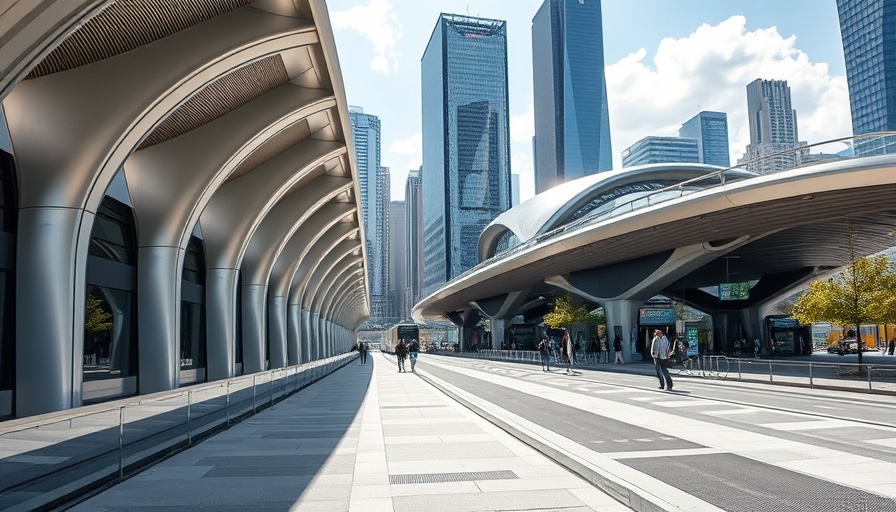
Understanding the Significance of the NYC Bus Terminal Project
The Midtown Bus Terminal Redevelopment is a monumental undertaking, symbolizing a significant shift in public transportation infrastructure in New York City. By awarding Tutor Perini a contract worth $1.87 billion, the Port Authority of New York and New Jersey is not just replacing an outdated facility – they are investing in a future with increased capacity and efficiency. The improvements are designed to enhance the commuter experience at one of the world’s busiest bus terminals, catering to millions of daily travelers.
Historical Context: A 75-Year Journey
The existing bus terminal has served New Yorkers for over 75 years. Originally built to handle a different era of transportation, its limited design has struggled to manage modern demands. Transforming this facility is crucial, as it will dramatically improve transit flow and passenger convenience, which are instrumental in a bustling metropolis like NYC.
Expected Outcomes: Boosting Transportation Efficiency
The new terminal is set to include a main terminal, plus additional staging and storage capabilities for 350 buses, significantly improving how commuters navigate the area. With dedicated ramps that connect seamlessly to the Lincoln Tunnel, the project aims to alleviate traffic congestions and contribute positively to the city’s overall urban mobility.
Social Impact: More Than Just A Terminal
As the project progresses, its benefits are expected to ripple through the community. Improved infrastructure can lead to job creation in the construction sector, and once completed, the upgraded terminal promises to support local businesses and enhance the city’s tourism appeal. For NYC residents, this development represents a step towards greater connectivity and improved quality of life.
Financial Implications: Insights on Contracting and Investment
The $1.87 billion contract awarded to Tutor Perini reveals critical insights about the construction market, particularly regarding large-scale public projects. Such contracts typically involve rigorous scrutiny and negotiation, ensuring that taxpayer money is spent wisely and effectively. Understanding these financial dynamics is vital for contractors looking to bid on public infrastructure work.
Future Predictions: The Evolution of Urban Transportation Hubs
With the completion of the Midtown Bus Terminal, other cities may look to New York City as a model for their own public transport updates. As transportation technologies evolve and urban populations swell, investing in modern commuter infrastructures will become increasingly necessary. We can anticipate further advancements geared towards sustainability and user-friendly designs in future transportation projects.
Common Misconceptions: Demystifying Public Infrastructure Projects
Many might believe that large infrastructure projects will be seamless and immediate. However, it is crucial to understand that such developments take time and involve various challenges, from funding hurdles to community considerations. Educating homeowners and future contractors about these processes enriches their appreciation and promotes transparency in public projects.
Conclusion: Embracing the Change in NYC Infrastructure
The redevelopment of the Midtown Bus Terminal stands as a beacon of progress for New Yorkers. As the city embraces modern infrastructure needs, it also opens doors for contractors and businesses to engage in this vital transformation. Understanding these developments not only enriches one’s perspective on urban planning but also highlights the importance of community involvement in infrastructure decisions.
Now is an excellent time to stay informed about local developments and consider how they might affect your community, investments, and travel habits. Keep an eye on the Midtown Bus Terminal project as it progresses, and engage with local discussions about future infrastructure improvements.
 Add Row
Add Row  Add
Add 






Write A Comment